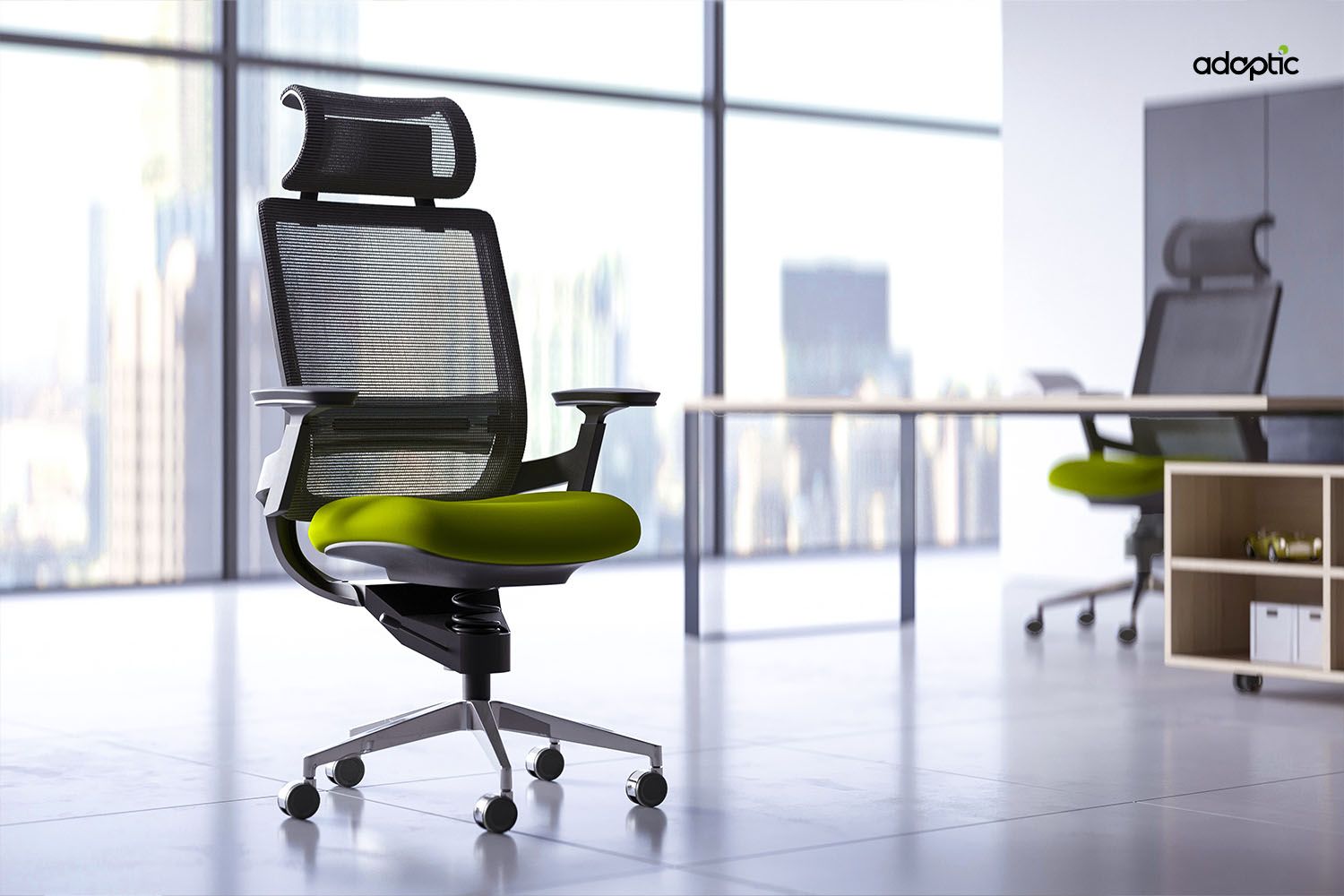Mgr. Jitka Mináriková
Head of Physical Therapy, Chronicare – Life Star, a. s., Czech Republic
As an outpatient physical therapist, I see a wide spectrum of conditions; however, back pain is clearly the dominant diagnosis by proportion among my patients. To treat a patient, I need to discover the cause of their back pain, and sedentary lifestyle has proven to be by far the most common cause.
The Typical Patient Presents with Back Pain
The human musculoskeletal system did not evolve for a long-term sedentary lifestyle, giving it a limited capacity to compensate for this now-common phenomenon. For example, as late as the early 20th century, the average person’s lifestyle was still a rural farming or homesteading lifestyle, which involved much more and more varied movement than today: People commonly went to work on foot and the daily workload involved a number of different activities. Hard labor such as farming alternated with many different medium-load tasks in and around the house and garden, while today much of this is done by machinery, if at all. The summer workload was more strenuous than the winter, when much of the homestead simply waited for spring. The body generally can better cope with such varying workloads than with day after day of the same.

Today, the typical patient that comes in to see me for back pain related to sedentary work has been sitting daily through most of their working hours for several years. Before that, they also sat a lot in school; if a college graduate, they’ve sat for much of their young adult life. Already strenuous for the body, the problem is often further compounded by sitting in the car, then more sitting in front of the television, at the computer, over a phone. By this point they are mostly used to being “hunched over” for most of their day, and when they consciously straighten up, they usually cannot maintain that posture for long.
Muscular fitness is mediocre overall, with the spine-stabilizing muscles particularly atrophied. These muscles require proper, straight posture of the torso and head, and survive best when regularly stimulated by varied exercise. Other problems arising from long-term hunched sitting include pathological compression of the abdominal and thoracic organs, swelling of the legs, and headache.
Unfortunately, even patients who take care to assemble an ergonomic workplace and learn some compensating exercises don’t usually fully resolve their problems, as the amount and variability of their daily exercise still lag severely behind what was common even in the relatively recent past. Improving the situation requires increasing the quantity and variety of exercise and supporting active, straight posture of the torso and head. The issue is maintaining this for the long term, given modern lifestyles. An option to consider is the purchase of a “therapeutic” chair, i.e., a chair that actively stimulates spinal and torso muscles, yet can be used throughout the workday, every day.
I Sit on the Adaptic Comfort Therapeutic Chair
I have been able to personally test the Adaptic Comfort, a model intended for medium to large builds.
The base of the chair is stable and robust, with five wheeled legs, allowing easy maneuvering in all directions. On top of the piston rests a comfortable, height-adjustable spring-mounted seat. The ingenious design maintains a slight forward pelvic tilt through long sessions, automatically supporting proper posture. This entails weight on the sitting bones with proper lumbar spine curvature, allowing a straight torso and neck and relaxed, open shoulders and chest.
The line of the lower ribs is parallel to the pelvis, enabling activation of back and abdominal muscles, stabilizing the spine and reducing spinal load. There is ample room for the organs of the abdominal and thoracic cavities, and the diaphragm can support both the spine and proper breathing. Thanks to the spring, the posture is not passive, but rather the muscles remain continuously engaged, preventing the slumped posture in which the weight of the torso is instead held up by various ligaments.
Moving around is natural, and the chair easily allows shifting your weight, changing positions, swaying around a bit or stretching your back to keep muscles from being loaded statically. In any such pose, the musculature remains active.

Above the seat is a net-style backrest, which prevents overheating and excessive sweating at the back and supports the abovementioned proper posture, while also providing a comfortable rest for the shoulders and shoulder blades. There is ample room for barrel-chested and broad-shouldered individuals.
There are also height- and sideways-adjustable armrests that help keep the shoulders relaxed and avoid the tendency to lift them up. Overall comfort is rounded out by a well-designed headrest, which allows the entire neck area and back of the head to relax when needed.
My Long-Term Use Experience
I have spent two months with this chair. At first, I had to remind myself the seat is unstable; in the early days it took some concentration and holding the chair in place when sitting down. Once used to it however, it is a very pleasant sit, from the first minutes through the rest of the day.
During my time with the chair my pregnancy advanced to the third trimester, and I found myself unable to sit on a normal chair for more than an hour due to excruciating lower back pain. On the Comfort, on the other hand, I could easily work several hours without ill effect.
At this time I also got swollen legs from longer periods of sitting or standing, but the problem didn’t appear while using the Comfort. I also did not experience stiffness in the trapezoids and the neck, an old problem from my student years brought about by long study sessions and laptop work.
My Partner’s Experience
At this time my partner worked from home and regularly used the Comfort as well. He particularly appreciated the width at the back and shoulders, an area where he finds most office chairs too narrow and uncomfortable after a few hours. Nor did he report any back-related discomfort throughout our two-month trial, despite working long hours at the computer for days at a time.
From a practical standpoint, I appreciated that the unstable seat was much less popular with our cats than our other chairs, making the Comfort one of the few pieces of hair-free furniture in our home.
Verdict
I had trialed several other therapeutic chairs before, and found the Adaptic to be the most impressive I’ve seen thus far. Compared to the competition, it excels in comfort. Aside from what I mention above, my guess is the difference lies in superior calibration of the stiffness of the seat and backrest.
I would definitely recommend the Adaptic Comfort to anyone who needs to sit regularly for hours at a time. Together with proper workplace ergonomics and some effort at regular, varied exercise – or at least walking more often – this chair could be an effective means of mitigating the adverse effects of long-term sitting on the human body.
Mgr. Jitka Mináriková
Professional History
Aside from the Czech Republic, I also worked some time in Germany and Austria. I have seen patients with functional problems (joint blockage, trigger points, muscle overload, etc.), orthopedic conditions (post-surgery rehabilitation, arthritis, sprains, etc.), and neurological disability (peripheral nerve and cerebral palsy), as well as critical patients in intensive care.





